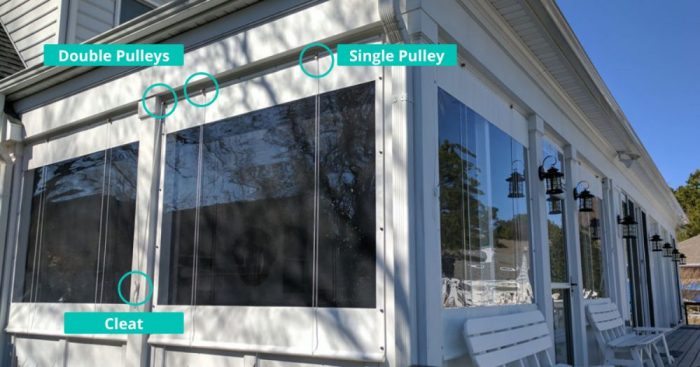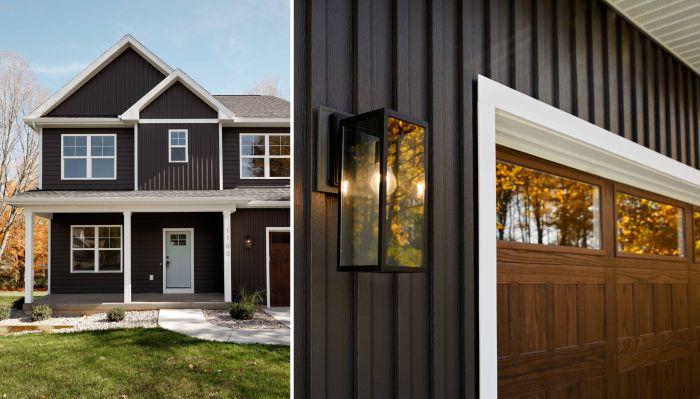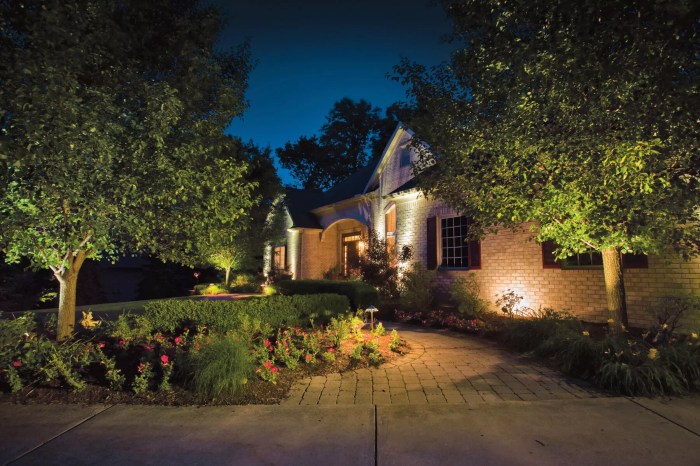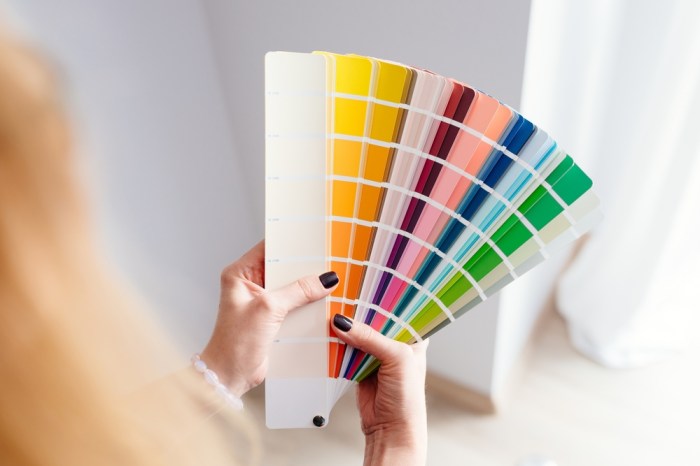How architects work with interior designers: A Collaborative Approach to Design Excellence
Exploring the dynamic relationship between architects and interior designers sheds light on the intricate process of creating spaces that seamlessly blend functionality and aesthetics. By delving into their distinct roles, communication strategies, collaboration on space planning, and selection of materials, we uncover the key elements that contribute to the success of their joint projects.
Overview of the roles of architects and interior designers
Architects and interior designers each have distinct roles in a project, bringing their expertise to different aspects of the design process. Architects focus on the overall structure, layout, and exterior appearance of a building, ensuring it meets safety regulations and functional requirements.
On the other hand, interior designers concentrate on creating a cohesive and aesthetically pleasing interior space that aligns with the client's needs and preferences.
Design Responsibilities
- Architects: Design the building's layout, structure, and facade, considering factors such as building codes, safety regulations, and environmental impact.
- Interior Designers: Plan and design interior spaces, selecting colors, materials, furniture, and decor to enhance functionality and aesthetics.
Functionality Focus
- Architects: Prioritize the functionality and efficiency of the overall building, including spatial planning, circulation, and structural integrity.
- Interior Designers: Optimize the functionality of interior spaces, ensuring they meet the needs and lifestyle of the occupants while enhancing comfort and usability.
Aesthetic Considerations
- Architects: Consider the overall aesthetic of the building, including its form, proportions, and visual impact within the surrounding environment.
- Interior Designers: Focus on creating a harmonious and visually appealing interior environment through the selection of colors, textures, lighting, and furnishings.
Collaborative Efforts
Architects and interior designers collaborate closely throughout a project to ensure a cohesive design that seamlessly integrates the exterior and interior spaces. By combining their expertise, they enhance the overall outcome of the project, creating a balanced and functional environment that meets both structural and aesthetic goals.
Communication between architects and interior designers
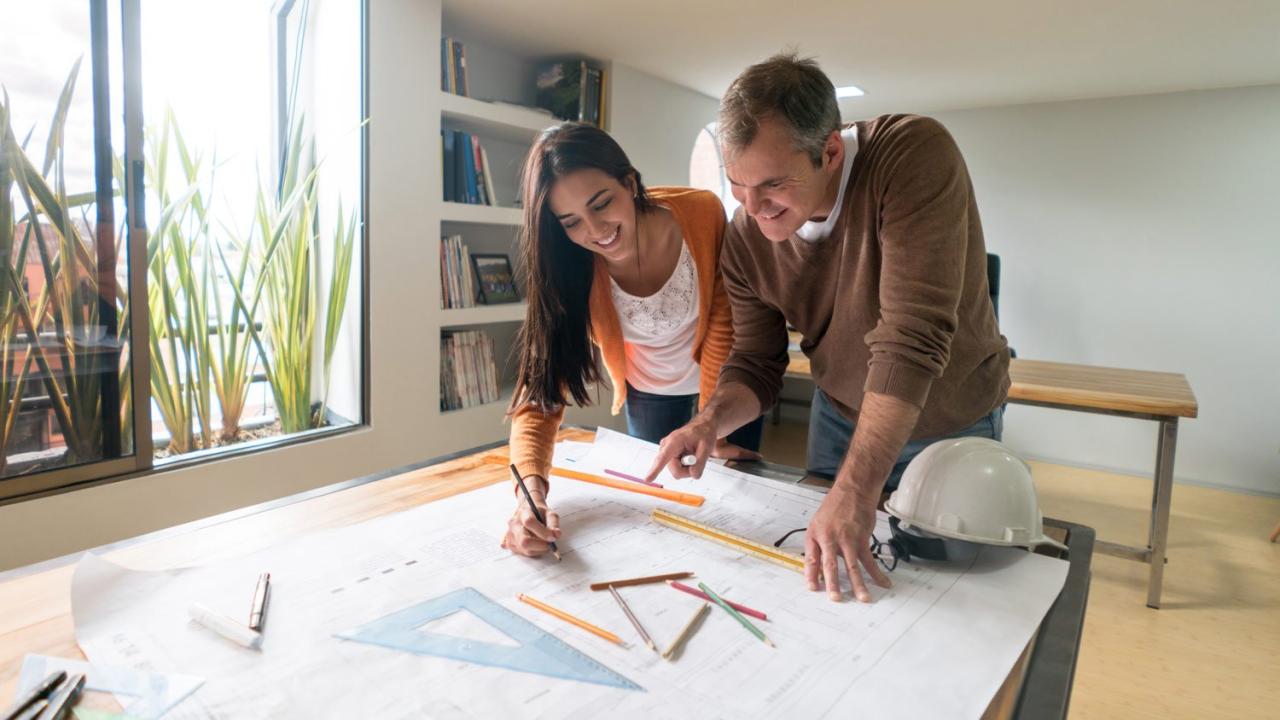
Effective communication between architects and interior designers is crucial in ensuring a successful collaboration and a cohesive design outcome. It allows for the seamless exchange of ideas, feedback, and revisions throughout the design process, leading to a harmonious integration of architectural and interior elements.
Sharing Ideas, Feedback, and Revisions
- Regular Meetings: Architects and interior designers often hold regular meetings to discuss project progress, share ideas, and provide feedback on design concepts.
- Collaborative Tools: Utilizing technology such as project management software or design platforms enables real-time collaboration and sharing of design iterations.
- Design Presentations: Presenting design concepts visually through sketches, renderings, or 3D models helps in conveying ideas effectively and receiving feedback for further refinement.
Resolving Conflicts or Differences in Design Preferences
- Open Communication: Encouraging open dialogue and active listening allows architects and interior designers to address conflicts or differences constructively.
- Compromise: Finding common ground and compromising on design aspects where necessary helps in reaching a balanced design solution that satisfies both parties.
- Seeking Mediation: In cases of significant disagreements, involving a neutral third party or mediator can facilitate resolution and maintain a positive working relationship.
Collaboration on space planning and layout
When architects and interior designers collaborate on space planning and layout, they work together to optimize the functionality and aesthetics of a space. By combining their expertise, they can create cohesive environments that meet the needs of the occupants while also enhancing the overall design.
Consideration of factors
- Traffic flow: Architects and interior designers consider how people will move through a space to ensure that it is efficient and user-friendly. This may involve creating clear pathways and avoiding obstructions that could impede movement.
- Natural light: Both professionals take into account the placement of windows and doors to maximize natural light in a space. This not only enhances the ambiance but also reduces the need for artificial lighting.
- Functionality: The architects focus on the structural elements of a space, such as load-bearing walls and columns, while interior designers consider how the space will be used and how to optimize its layout for practicality.
Creating cohesive spaces
Architects and interior designers work closely to ensure that the architectural and interior elements of a space seamlessly blend together. This involves coordinating finishes, materials, and colors to create a harmonious environment that reflects the overall design vision.
Selection of materials and finishes
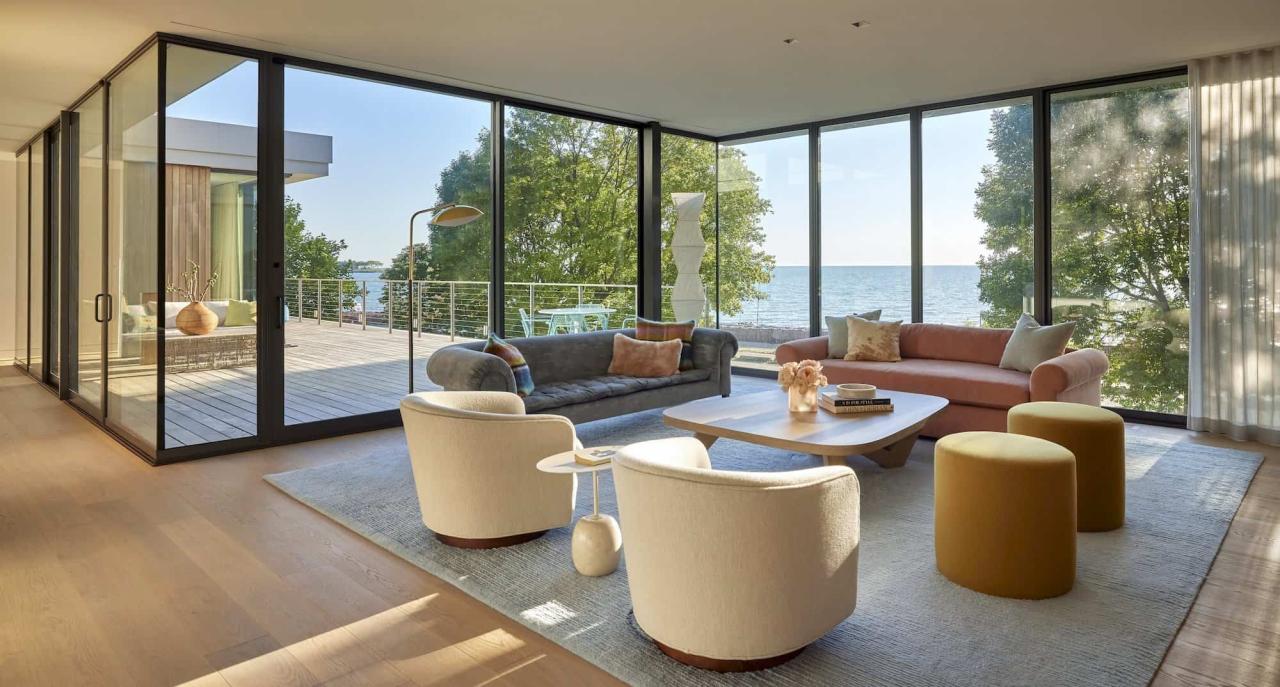
Architects and interior designers work closely together when selecting materials and finishes for a project. They collaborate to ensure that the chosen materials align with the overall design concept while also meeting practical considerations such as durability and maintenance.
Collaboration on material selection
When it comes to selecting materials, architects and interior designers discuss the desired aesthetic, functionality, and budget for the project. They consider factors like the style of the space, the intended use of the area, and the desired lifespan of the materials.
By working together, they can choose materials that not only look great but also perform well in the long run.
- Architects may focus on materials that support the structural integrity of the building, such as concrete, steel, or glass. Interior designers, on the other hand, may lean towards finishes that enhance the overall look and feel of the space, like wood, stone, or textiles.
- Together, they ensure that the materials selected create a cohesive design that flows seamlessly from the exterior architecture to the interior finishes.
- By combining their expertise, architects and interior designers can create a space that is not only visually appealing but also functional and practical for the occupants.
Alignment of design concepts with practical considerations
In successful projects, the selection of materials and finishes reflects a harmonious design vision that balances aesthetics with practicality. For example, in a modern office space, architects and interior designers may choose sleek, durable materials like glass and metal to convey a sense of professionalism and efficiency.
At the same time, they may incorporate warmer finishes like wood or leather to add a touch of warmth and comfort to the environment.
- By aligning design concepts with practical considerations, architects and interior designers can create spaces that not only look beautiful but also function effectively for their intended purpose.
- They consider factors such as maintenance requirements, sustainability, and environmental impact when choosing materials, ensuring that the design is not only visually appealing but also responsible and long-lasting.
- Successful projects demonstrate how the thoughtful selection of materials and finishes can elevate a design concept and create a space that is both visually striking and highly functional.
End of Discussion

In conclusion, the partnership between architects and interior designers is a harmonious dance of creativity and functionality, resulting in spaces that inspire and delight. Their ability to merge architectural elements with interior design concepts elevates the overall outcome of any project, leaving a lasting impression on those who experience the spaces they create.
Question Bank
How do architects and interior designers collaborate on a project?
Architects and interior designers collaborate by sharing ideas, feedback, and revisions throughout the design process. They work together to optimize spatial layout, select materials, and ensure that the design vision is cohesive and functional.
What are some common conflicts that arise between architects and interior designers?
Conflicts may arise due to differences in design preferences, budget constraints, or differing opinions on the best approach to achieve the desired aesthetic. Effective communication and compromise are essential in resolving such conflicts.
How do architects and interior designers ensure a harmonious design vision through material selection?
Architects and interior designers align design concepts with practical considerations like durability and maintenance when choosing materials. By ensuring that the materials complement each other and the overall design aesthetic, they create cohesive spaces that reflect a harmonious design vision.
